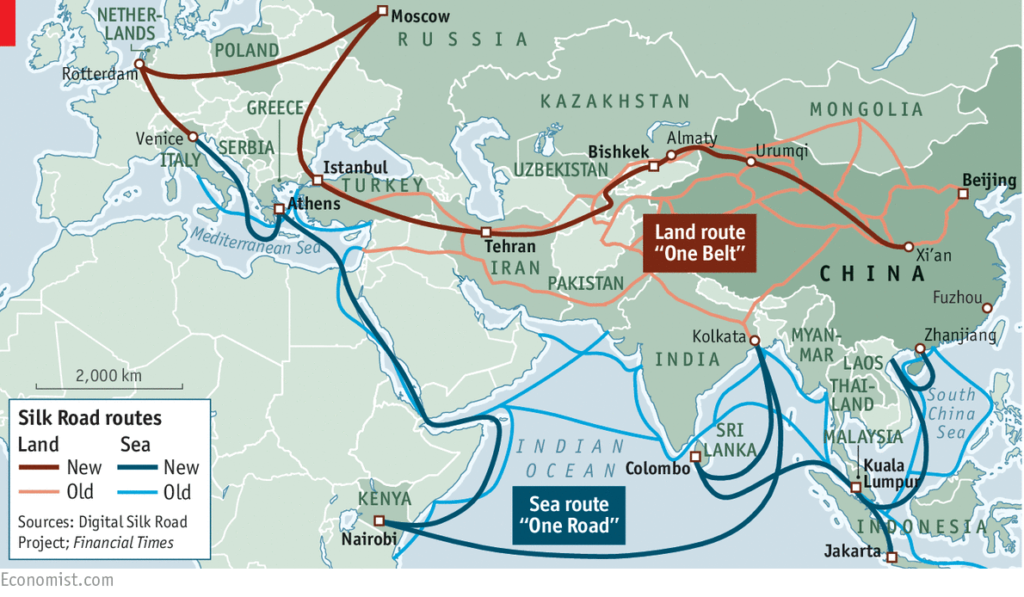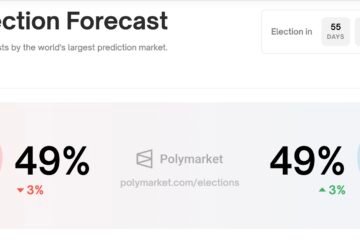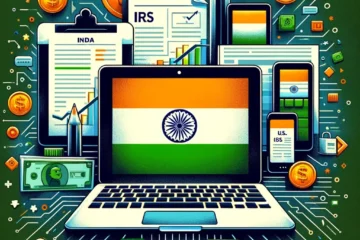Marshall Plan
Before we talk about China, let’s go through a quick history lesson. Trust me. This is important to understand China’s One Belt One Road Initiative.
In 1945 World War II was finally over. Nazi Germany had collapsed. Italian and Japanese empires had fallen. The Soviet Union and the United States of America emerged as superpowers, with Europe left in a turmoil. An agrarian crisis was looming. Economies were bankrupt. There was severe lack of industrial output due to the destruction of factories by heavy bombing during the war. Europe was in need and would have swayed with either superpower that provided aid and improved their living conditions.




Americans were in a mood to dance and celebrate their victory. They felt that their duty and obligations towards Europe was over with no need to go back. But in June 1947, the U.S. Secretary of State, George C. Marshall announced that the USA would provide economic aid to European economies. The USA helped Europe recover and rebuild via investment of $13 Billion over a period of 4 years across 16 countries. During this period Europe enjoyed the fastest ever growth in its history, World Bank and IMF developed roots and the foundations for EU (formerly European Economic Community) was laid, which later helped the USA topple the USSR.
One Belt One Road (OBOR)
In 2013, as the world was still recovering from financial crisis of 2007-08, Chinese President Xi Jin Ping announced a gigantic project covering 2/3rd of world population and 3/4th of energy resources aimed at building and linking mainland and maritime roads of three continents: Europe, Asia and Africa. This One Belt One Road (OBOR) initiative plans to loom over 60 countries with an investment of $100 Billion per year for the coming decade allowing China to use its wealth and industrial know-how to create a new kind of globalization that will dispense with the rules of the aging Western dominated institutions.

Asian Infrastructure Investment Bank (AIIB) and New Development Bank created in 2015 strengthened the investment mood in OBOR. One Belt One Road, now rechristened as Belt Road Initiative (BRI), is mainly financed by Chinese banks, Silk Road Fund, Chinese state owned enterprises (SOEs) and Chinese local governments. The hundreds of massive infrastructure projects across Asia, Africa and Europe, which creates a new market for China’s construction companies, form the backbone of China’s ambitious economic and geopolitical agenda in a quest to create deep economic connections and strong diplomatic relationships.
This is in stark contrast with the protectionist approach being propagated by “the only superpower” of the current century.
Global Spending Spree
The famed Silk Road trading routes once connected China with medieval Europe. Today, the One Belt, One Road initiative is strengthening China’s ties to countries along the same routes. Though the economic and geopolitical stakes are far higher. Red Dragon of Asia’s farsightedness can be broken down into these major investments:
1. Laos: A audacious 260 mile, $6bn railway project that will eventually connect 8 Asian countries in Laos, a country with a GDP of $16 Billion
2. Pakistan: Chinese money is building power plants in Pakistan to address chronic electricity shortages, part of an expected $62bn worth of investment towards CPEC, with a land route from China’s Xinjiang region to Gwadar, a deep water port in Pakistan, passing the disputed territory of Pakistan-occupied Kashmir irking India, the only South Asian country not to be a part of OBOR mission
3. Sri Lanka: China spent $1.1bn on creating a port city of Hambantota in Sri Lanka across from Gwadar
4. Singapore: A $23bn, 1900 mile high speed rail line from southwest-China to Singapore is also in the pipeline
5. Philippines: At least three infrastructure projects have been agreed between China and the Philippines, especially for the irrigation, water supply and railway projects. The Philippines is planning to borrow $3.4bn from China
6. Vietnam: Ho Chi Minh’s country seeks infrastructure investments coming from the AIIB, with a total investment across of circa $50bn
7. Ethiopia: Ethiopia has received three loans worth more than RMB 380bn ($54bn) from the Chinese government and the Export-Import Bank of China for the development of infrastructure in the country (two road construction projects and upgrading the electric grid system)
8. Gabon: In December 2016, China has also partnered with Gabon to develop a 111-km highway project in the capital Libreville
9. UAE: The oil rich nation wants to diversify its energy mix by developing a massive “clean coal” project worth $2bn. This project is backed by funding coming from Chinese banks and government ($1.4bn); the construction is expected to be built by Chinese workers and to be completed in 2023
10. Construction of the $5.1bn high- speed rail linking Jakarta to Bandung in Southern Asia is in tandem with investments in China- Kazakhstan oil pipeline, Turkmenistan-China gas pipeline and China-Kyrgyzstan rail-work
11. A gas pipeline running from Russia to China through Siberia is under construction, with a price tag of more than $55 billion.
12. In Europe there’s a massive Czech Republic canal project linking river basins from Poland to Slovakia and Austria that China and the Czechs are each funding with $1bn investments
The Big Picture
With a planned $1 trillion investment in infrastructure worldwide, China is attempting to remake globalization on its terms, by creating new markets for Chinese firms. These firms face a growth slowdown and overcapacity at home. China has dangled low-interest loans in front of countries in urgent need of infrastructure, thereby pulling those countries into its economic and security sphere.
From buying the Greek port of Piraeus (for $420 million) to Seychelles, Djibouti, and Pakistan, port projects that China insisted were purely commercial have acquired military dimensions. These projects lack transparency and entail no commitment to social or environmental sustainability. They are increasingly viewed as advancing China’s interests—including access to key commodities or strategic maritime and overland passages—at the expense of others. India, Japan, Australia and the US are refusing to participate in One Belt One Road Initiative. Debt laden countries like Sri Lanka and Ethiopia are pushing back. These ‘white elephant’ projects have become slow-paced. But deep pockets of China may most likely allow it to succeed in this initiative.
Note: In case you are looking for a Product Management course, I would highly recommend joining this cohort-based course – ISB Executive Education – Product Management program
PS: You can connect with me for review or referral discount (link for referral discount)


